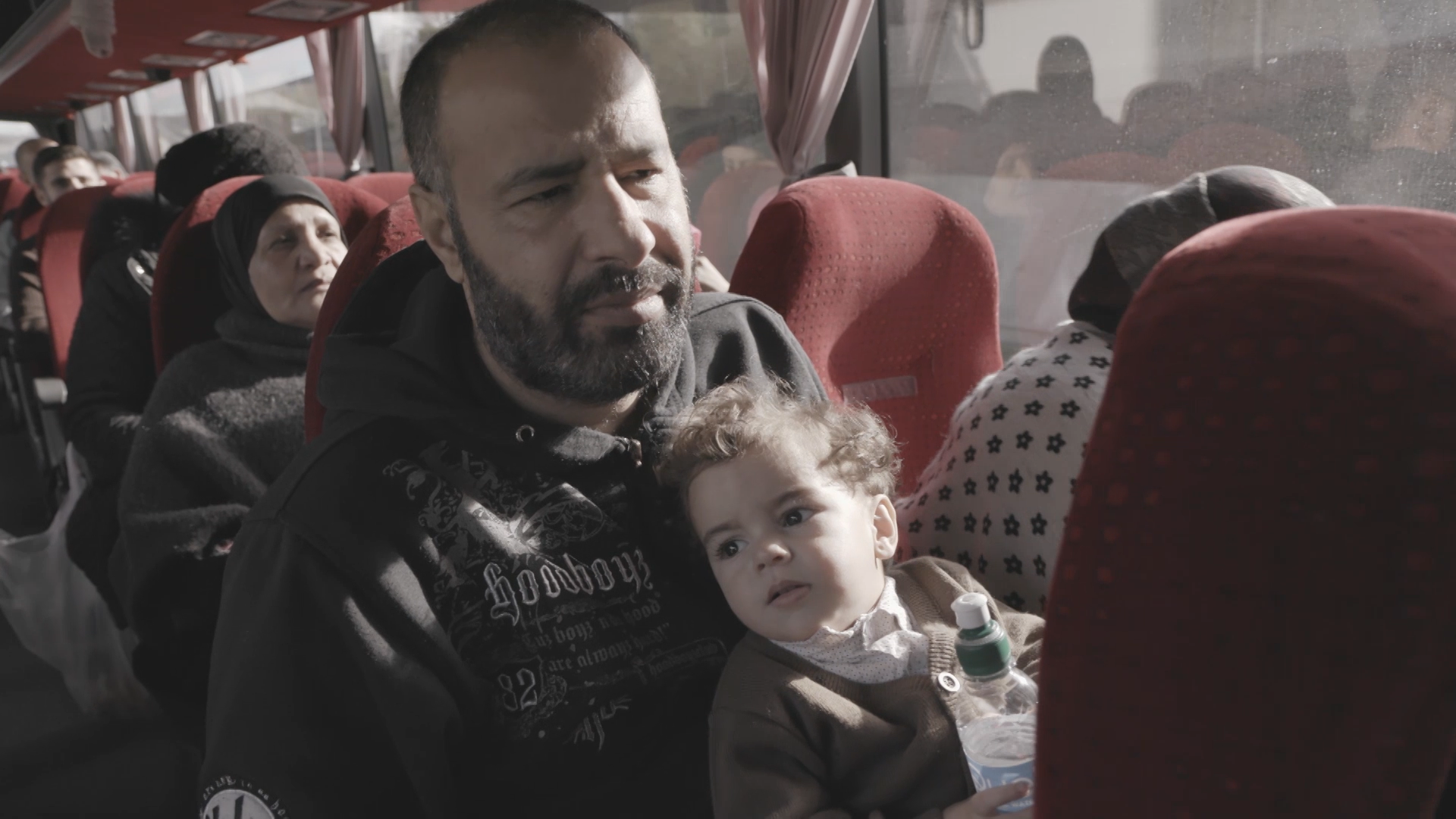Authentic Video and Empathy
/Authentic Video and Empathy
Philip Kerr - ELT author, teacher and teacher trainer - looks at how authentic video can be used for teaching empathy. He says that “video may be a valuable alternative to literature or fiction” as a stimulus for students exploring empathy and offers suggestions for teaching practice.
In the article Philip references the following Ready to Run videos B1 Volunteer Hairdresser A2 Welcome Refugees and B1 Shake my Beauty. Further titles, from A1 to B2, that can be used to support SEL are in the Ready to Run Social Emotional Learning Collection which is aligned to the CASEL Framework.
Video and the empathy deficit
Over 15 years ago, Barack Obama, still a senator, addressed the students at Northwestern University and argued that there was an ‘empathy deficit’ in the world. We need, he said, people who are able ‘to understand what it’s like to be poor or African-American or gay or disabled or old’, people who can put themselves in someone else’s shoes, who can ‘see the world through those who are different from us’. His words struck a chord, and the social distancing imposed on us by the Covid pandemic has made all of us even more aware of the problems caused by empathy deficits. But when ideas become buzzwords, they get debased in the process. We now have ‘empathy management’, ‘empathy marketing’ and ‘empathy app design’. Insights from empathy have become little more than ways of manipulating behaviour for profit.
As an idea, empathy suffers from a lack of clear definitions - it is perhaps this lack that has allowed it to become a buzzword. Researchers vary in the way they differentiate empathy and sympathy. They vary, too, in the way they subdivide empathy into its constituent parts. But most are agreed on its importance, especially in the worlds of healthcare and education. Precise definitions don’t matter too much when, as a hospital patient, for example, you experience a total empathy deficit. And most of us can probably recall teachers who simply didn’t care about their students, who made school into a nightmare.
“Empathy is perhaps of even greater importance to language teachers than to teachers of other subjects”
Good teachers work hard to understand the experience of learning from the learner’s point of view; they care about what the learner is going through, and they communicate their empathy through the language they use and the behaviour they model. Empathy is perhaps of even greater importance to language teachers than to teachers of other subjects, since, on a daily basis, we ask our learners to take risks in expressing themselves in a language which they are still learning and over which they have limited control. Although languages can be learnt without an empathic teacher, it is likely they will be taught more effectively when empathy is at the heart of the process.
The ability to put yourself in someone else’s shoes is important not just for language teachers. It matters for the learners, too. They need to communicate with each other in an understanding, supportive and trusting manner. Without a positive classroom culture that feeds and is fed by empathy, opportunities for language learning will be limited. What’s more, when intercultural competence is one of the objectives of a language programme, empathy will play a decisive role in how successful the programme is. The shift to online lessons has brought the importance of empathy into ever sharper focus.
Despite its obvious importance, the topic of empathy has attracted little attention recently in the world of English language teaching. In 2016, Sarah Mercer published a chapter about empathy in a book entitled ‘Positive Psychology in SLA’ (eds. MacIntyre, Gregersen and Mercer) and, in 2021, Kieran Donaghy gave a plenary talk on the topic at the international IATEFL conference. https://sandymillin.wordpress.com/2021/06/17/iatefl-2021-day-three-monday-21st-june/ But beyond these examples, references are few and far between. The reason, I think, is this: it is easy enough to demonstrate the educational importance of empathy, but it is only really of interest if there is something that we, as teachers, can do about it. Can empathy be taught, and, if so, how? Practical suggestions have so far been limited.
“Can empathy be taught, and, if so, how?”
In the training of health care professionals, where most of the research into empathy has been carried out, empathy training has generally had a positive impact. Trainers model empathy in their own relationships with trainees, and a significant part of the training often involves the development of appropriate communication skills, learning and practising the language that is used to express empathy. This is supplemented by reflective discussion and writing tasks, which may be follow-ups to role plays requiring participants to get into someone else’s shoes. Trainers also make use of literature: it seems reasonable to believe that reading emotional accounts of illness may help carers see things from the patient’s perspective. Video may be a valuable alternative to literature or fiction.
Recommendations for empathy work in the language classroom are very similar to the ideas for the training of health care professionals. The job of language teachers is to develop communication skills. Role play, reflection tasks, the use of literature and video are parts of our daily lives, whether we are looking to promote empathy or not.
There is a very wide range of short videos in the Ready to Run catalogue that may serve to encourage empathy. Many depict people who may come from very different backgrounds to the students in our classrooms and, because of the style of video narration, it is hard for viewers not to empathize with the characters they see. There is Josh, for example, who gives free haircuts to homeless people on the streets of London, and through this story we can begin to feel, in small ways, what life is like for his customers. There is the community of a small Irish town that is welcoming a group of refugees from war. We are never asked explicitly how we might feel about trying to establish a new home in a distant, foreign place. Nor are we asked explicitly how we might feel if we were residents of the Irish town, but the questions are unavoidable. Then, there is 17-year-old Hayley who has learnt to live with severe acne. How we might feel and behave with the same skin condition is not a question that is posed directly, but it’s inescapable nevertheless.
The power of videos such as these (and there are many more) is their deep humanity, their ability to counter the empathy deficit. My own preference with these videos is not to use comprehension questions. I feel they run the risk of trivialising the topic and distracting from personal, individual responses, which are probably best facilitated in pairs and small groups, rather than in whole-class format. Sometimes, though, you may want to nudge the students in a particularly empathic direction. Kieran Donaghy, in his IATEFL talk, offered a selection of his favourite questions.
“The power of videos such as these … is their deep humanity, their ability to counter the empathy deficit”
How would you feel if you were X?
How do you think X might be feeling? How do you know?
Can you think of a time when you felt the same way?
What would you have done differently in that situation?
Which character in the film do you relate to most and why?
Empathy deserves much greater consideration in language teaching and learning, and video is a tool with great potential. There’s no guarantee that any of these ideas will have any impact, short-term or long-term, on the empathy of the students who experience such activities in the language classroom. But there is a chance that they might, and even if they don’t, there is, in any case, a clear language-learning value to them!




